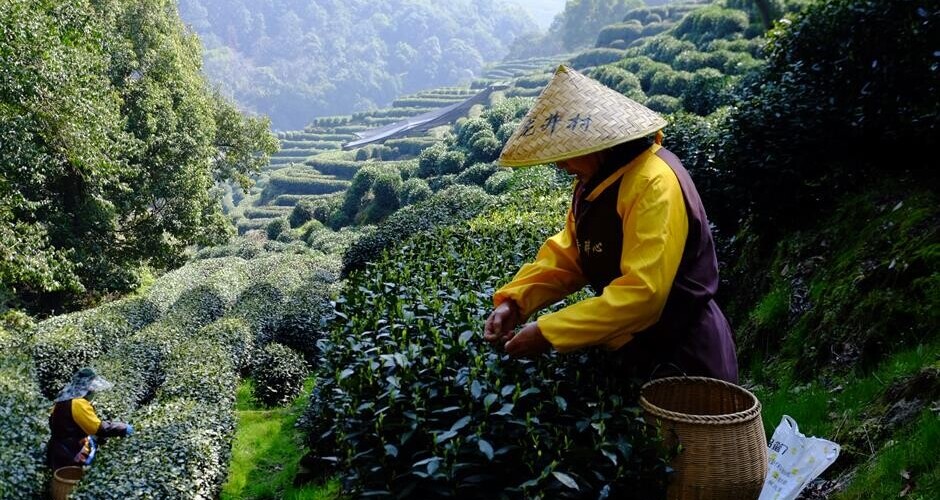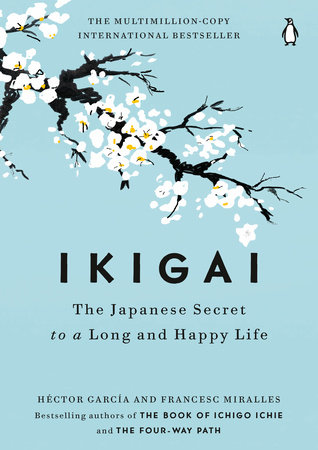
Dive into the beginnings of green tea in ancient China. The story goes back thousands of years, credited to Emperor Shen Nong, who discovered the refreshing drink purely by chance. Imagine shrubs of Camellia sinensis flourishing under the Chinese sun, giving birth to this renowned beverage.
In ancient Chinese culture, tea was more than a simple drink. It was a symbol of wisdom, clarity, and connection. People savored it not just for its taste, but for its almost mystical qualities. It played a role in healing practices and social rituals, shaping the rhythm of daily life.
Cultivating and preparing green tea was an art that early Chinese civilizations perfected. They developed techniques that preserved the natural flavors and health benefits of the leaves. Methods like steaming and careful drying have stuck around, featured in traditional practices even today.
Tea ceremonies marked spiritual significance, inviting practitioners to explore inner calm and mindfulness. These ceremonies weren’t just about drinking tea, but creating a moment of reflection and tranquility, connecting body and mind. It was a sophisticated mix of elegance and contemplation that still influences tea culture worldwide.
The Journey to Japan: Zen and Green Tea
When green tea made its way over to Japan, it was like discovering a whole new world. Monks carried it across the sea, linking the drink to spiritual practices and introducing it alongside Zen Buddhism. Green tea began to take on additional cultural layers, weaving its way into Japan’s fabric.
In Japan, green tea isn’t just about the beverage itself. It’s an entire philosophy, a revered part of the Japanese way of life. Monks valued it for helping maintain alertness and focus during long hours of meditation, enhancing their spiritual dedication.
The Japanese tea ceremony took green tea to an artistic peak, transforming brewing and drinking into a graceful ritual. Each gesture, each movement bore meaning, blending aesthetics with spirituality. The delicate balance of preparation and presentation paralleled the ideals of harmony, respect, and tranquility.
Strolling through a Japanese tea garden, one experiences the serene landscapes designed to enhance reflection. These gardens were not just botanical wonders but also therapeutic spaces, inviting one to pause and reconnect with nature amidst the tranquil ambiance.
Book Tip!

IKIGAI – The Japanese Secret to a Long Life by Hector Garcia & Fransesc Miralles
In this life-changing book, the authors explore the daily rituals of the world’s longest-living people.
One of their most powerful secrets? Green tea.
If you’re a green tea lover and want to discover the Japanese secrets to a long, fulfilling life, this book is a must-read!
Green Tea in the Western World: A Late Bloomer
When green tea finally appeared on Western shores, it found itself in a world that was curious yet unfamiliar with its nuances. At first, Western traders encountered it through exploratory voyages and international trade routes, intrigued by this exotic drink’s unique qualities and promises of health. It was considered a luxury, a mark of sophistication, often found in the circles of the upper class.
As green tea became more entrenched in Western markets, adaptations began to suit local palates. Sweeteners, milk, and other flavorings slowly became regular additions to cater to different tastes. This marked the beginning of green tea’s transformation into something not just foreign but accessible and versatile.
Western perceptions of green tea have gone through phases, from a niche beverage to a staple in homes and cafés alike. Over time, its popularity soared due to a growing awareness of its health benefits and cultural significance.
Today, Western consumers appreciate green tea for more than just its taste. They recognize it as a symbol of wellness and mindfulness, aligning with contemporary lifestyle trends. Its rise paralleled cultural openness and the ongoing search for balance in daily life, illustrating how a traditional beverage can reinvent itself for a modern audience.
The Science of Green Tea: Health Benefits Unfolded
Green tea isn’t just about taste—it’s packed with a whole host of health benefits. The buzz around its nutritional perks owes a lot to compounds like polyphenols and antioxidants. These little warriors play a big role in maintaining wellness, defending against oxidative stress, and potentially lowering the risk of several diseases.
Scientific interest in green tea has skyrocketed, with numerous studies digging into its beneficial effects. Research has consistently suggested links between green tea consumption and a reduced risk of heart disease, certain cancers, and improved metabolic health. It’s not just empty hype; there’s serious evidence backing these claims.
One area where green tea really shines is longevity. Some studies suggest regular drinkers might enjoy a longer life, thanks to its impact on health markers and chronic disease prevention. It’s not about sipping it once in a while, but making it a part of your daily lifestyle habit.
But of course, with popularity come misconceptions. The internet is rife with exaggerated claims, so it’s crucial to discern fact from myth. While green tea has loads to offer, it’s no magic bullet. Pairing it with a balanced diet and healthy lifestyle is key, supporting your overall well-being without overrelying on any single food or drink.
Green Tea Today: A Blend of Tradition and Innovation
Green tea today stands at a crossroads where old meets new. Tradition mingles with modernity, influencing how people engage with this time-honored drink. You see it everywhere—from the classic cups in tea houses to trendy urban cafés serving green tea lattes.
Modern innovations have taken green tea to new heights. From inventive brewing techniques to an explosion of flavors and blends, there’s a green tea for every palate. Whether you enjoy it hot, iced, or as part of a creative recipe, the options seem endless, showing how versatile green tea has become.
The cultivation of green tea has also seen significant advancements. Technology and sustainable practices are making sure the environment gets the respect it deserves, while producers get the high quality tea leaves they need. This careful balance helps ensure that you can enjoy your green tea guilt-free, knowing it comes from ethically sourced origins.
Green tea’s reach extends beyond just what’s in your cup. It’s found its way into skincare products, health supplements, and culinary creations, evidence of its broad appeal and utility. This multifaceted use showcases the blend of health and taste that green tea represents in today’s world.
Through constant innovation and respect for its roots, green tea continues to capture hearts—and taste buds—across the globe. Its journey from past to present is a testament to its enduring appeal and the promise it holds for the future.
This post contains affiliate links. If you make a purchase through these links, I may earn a commission at no extra cost to you.

What an insightful journey through green tea’s rich history and cultural evolution! I’m curious—how did the transition from China’s traditional tea ceremonies to Japan’s Zen-inspired practices influence the global perception of tea as a meditative and cultural experience? Also, how do you think modern adaptations, like green tea lattes or skincare products, impact the authenticity and appreciation of its historical roots? Would love to hear your thoughts!
Hi Herman thanks for your comment and interesting questions.
The transition from China’s traditional tea ceremonies to Japan’s Zen-inspired practices redefined tea as more than a drink. it became a meditative and cultural experience. While Chinese tea culture emphasized artistry and philosophy, Japan’s Zen monks embraced tea as a tool for mindfulness and harmony. This shift deeply influenced the global perception of tea as a symbol of tranquility and connection.
Modern adaptations like green tea lattes or skincare products are a double-edged sword. They make green tea accessible and relevant but often strip away its cultural depth. Personally, while I appreciate these innovations for their creativity, I feel they risk overshadowing the profound heritage behind each sip. To truly honor green tea, we I think we should balance modern uses with an understanding of its historical roots. For me, a simple, mindful cup of tea captures its essence better than any latte ever could
Take care, Nina